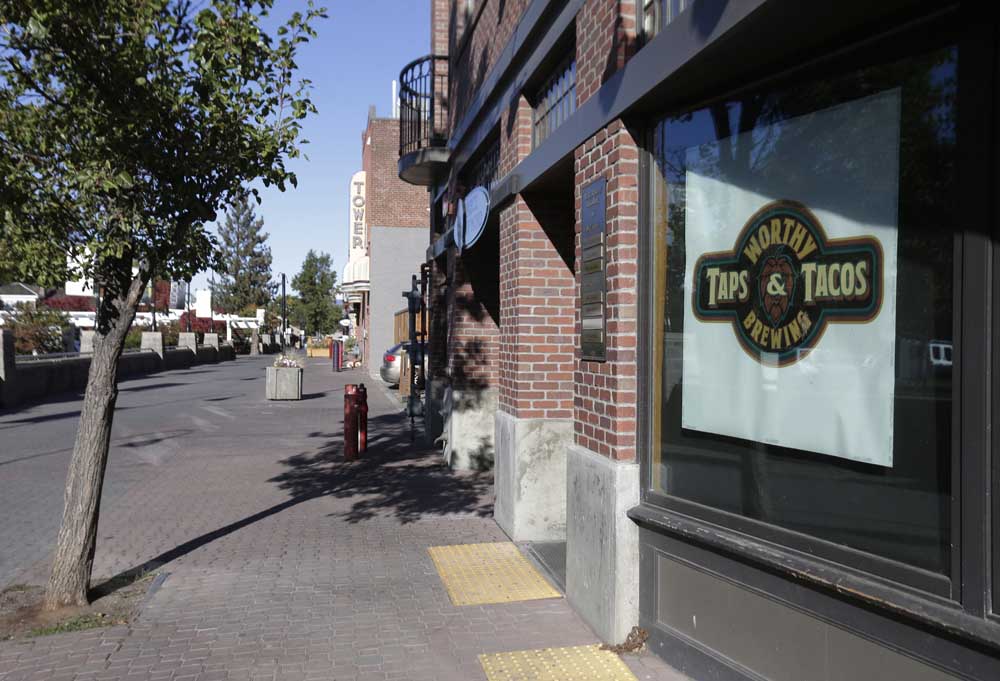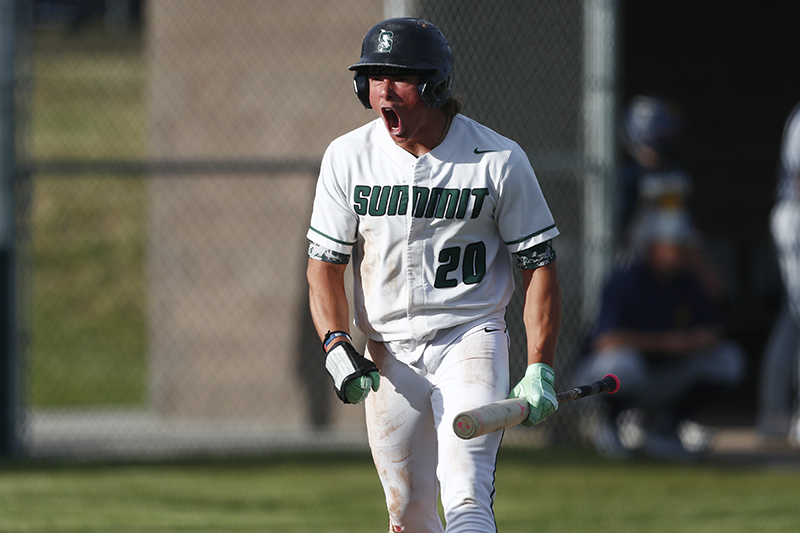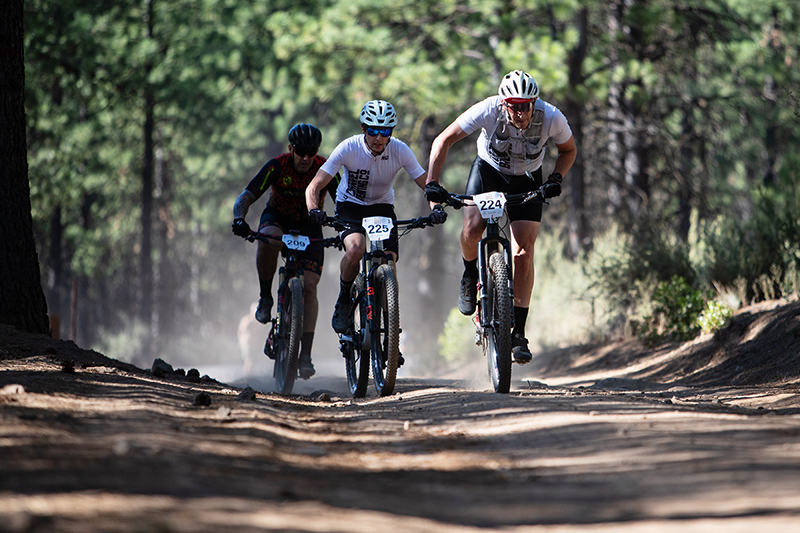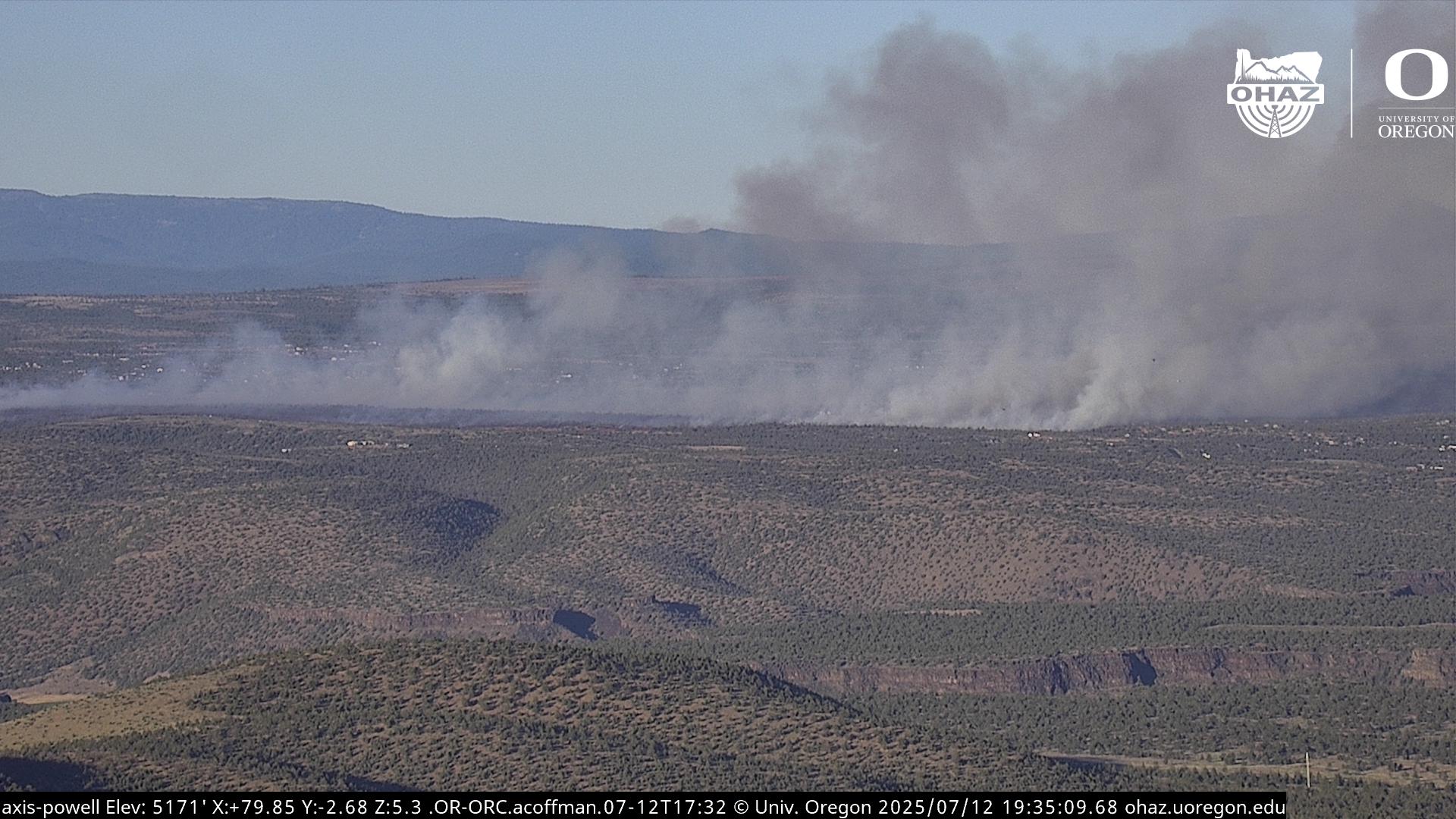Bend wants feedback on future streets designed for people, not cars
Published 12:27 pm Friday, November 1, 2024

- Brooks Street in downtown Bend, seen here in 2017.
Bend intends to build more streets where people, rather than cars, are the primary users, and the city wants residents to help with the planning process.
The public can share ideas and feedback about these so-called “people streets” at an open house from 2:30 to 4:30 p.m. Nov. 15 at the Commons Cafe & Taproom, 875 NW Brooks Street in downtown Bend.
Trending
Brooks Street — where highly limited car traffic allows people to freely roam between businesses, nearby Drake Park and a public plaza — is a prime example of what Bend residents can expect to see more of in the future. Often, they can be converted from dead ends, cul-de-sacs or other areas of excess pavement, according to the city of Chicago. Tin Pan Alley in downtown Bend is another example.
Allison Platt, an urban core project manager for the city, said staff will discuss four different concepts for people streets that might be used in the future, but not specific designs or plans.
Platt said one out of the four designs presented by the city will include limitations to car traffic.
Greenwood avenue plan: Half the car lanes and parking, but better safety
Trending
Oregon requires cities with a population larger than 100,000 people to create “low-car districts” that limit vehicular use and enhance pedestrian and bicycle safety in mixed-use and residential areas. Those will be identified by the end of 2027, the next time the city must update its Transportation System Plan.
That planning comes in tandem with development of another state mandate to create Climate Friendly Areas, or neighborhoods where jobs, housing and amenities are reachable without a car.
Bend transportation plans looks to accommodate 40,000 more people
As a precursor, the city is launching a state-funded study on “people streets,” which will last through next summer. Part of the study will examine the route between Drake Park and Juniper Park, where the city aims to fuse a bicycle and pedestrian connection, with the planned Hawthorne Overcrossing as the centerpiece.
Creating safe routes to and from people-centered streets will be important to the city’s planning process, said Jim Elliott, a board member with the bicycle advocacy group Bend Bikes. The city will need to focus on how to safely mold people streets with neighboring car streets.
“Where’s it gonna be and how do people get there if they don’t go by car?” Elliott said.
Elliott sees an opportunity to provide more bicycle parking downtown, which he says will increase spending at businesses. He said the city should also focus on keeping vehicles to a minimum on the new people streets. He believes ongoing safety improvements on Second Street, for example, will be too car-centric.
“I think we need to think differently,” he said.








